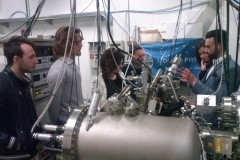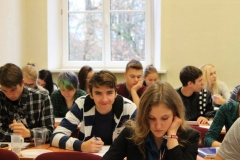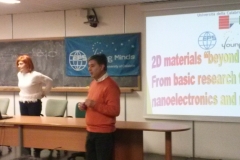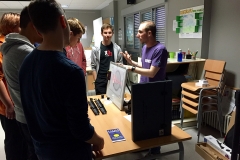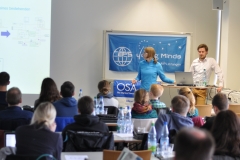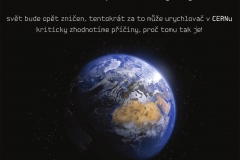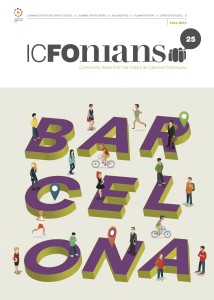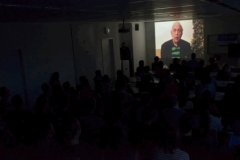 Optics in schools is an activity well established in our group. During the last year we performed numerous activities in Primary schools and also in High Schools. Our expertise allows us to make more efficient our work, due to that several schools asked us for new activities for the next year. Due to the geographical situation in our surroundings, it is very common for us to travel by car to the schools in the countryside. This is one of the drawbacks we want to solve next year by suggesting the performance of the activities in one place and arranging the activity with different schools at the same time.
Optics in schools is an activity well established in our group. During the last year we performed numerous activities in Primary schools and also in High Schools. Our expertise allows us to make more efficient our work, due to that several schools asked us for new activities for the next year. Due to the geographical situation in our surroundings, it is very common for us to travel by car to the schools in the countryside. This is one of the drawbacks we want to solve next year by suggesting the performance of the activities in one place and arranging the activity with different schools at the same time.
As it was planned in the last grant application, we developed the activity in 4 main groups that are: Polarization, Light-matter interaction, Visual optics and Light Propagation. Moreover we started new lines and tried it in different schools, for example, we are working in a new block related with cameras and optical instruments, in this particular case, we want to show how a camera or a telescope works.
We noted in High Schools, a big interest from students about what’s going on when they reach the University and finish their degree. We are thinking about the performance of new talks about this issue.
In summary, we are very confident of our work in this particular activity. This activity was the first we made when the student Young Mind Section was created, and we hope to still work in this field. We are also considering several options to improve our performance and to make more intelligible the activities when we worked with kids. Also we want to be in touch with the professionals of the education and worked with them to improve our work.

